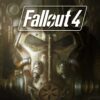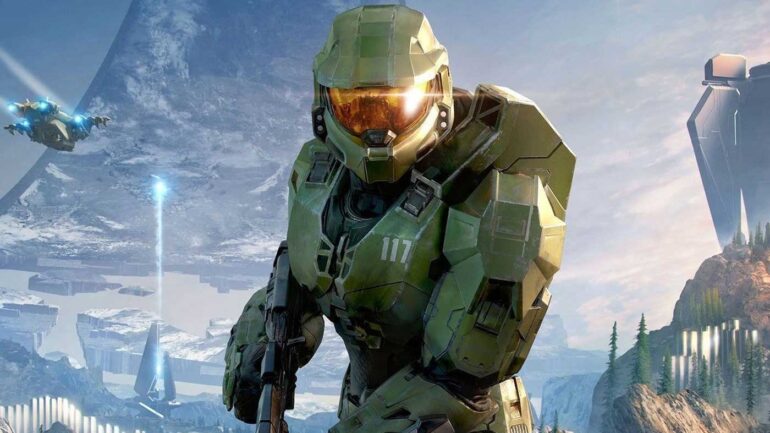I’ll be honest in saying that I was a massive fan of the original three Halo games, probably spending more time mucking around on a Warthog in the original than any other game since. I’ll admit I fell off the bandwagon at some point, as I’m sure many others did, but after 3-4 hours with Halo Infinite’s campaign, I’m definitely back on it.
Right from the get-go, Halo Infinite feels like a new, next-gen Halo game while still retaining so many of the qualities that made the original games so great. Obviously the core gunplay is solid, with every Needler shot (to name a singular weapon) feeling absolutely glorious. Having not spent too much time with the last few games, I was surprised at just how well Infinite does at replicating what made those original games so great while still feeling fresh and a joy to play through. Every shot really feels like it has weight, and I can’t see a time where taking out hordes of enemies in this game won’t be fun.
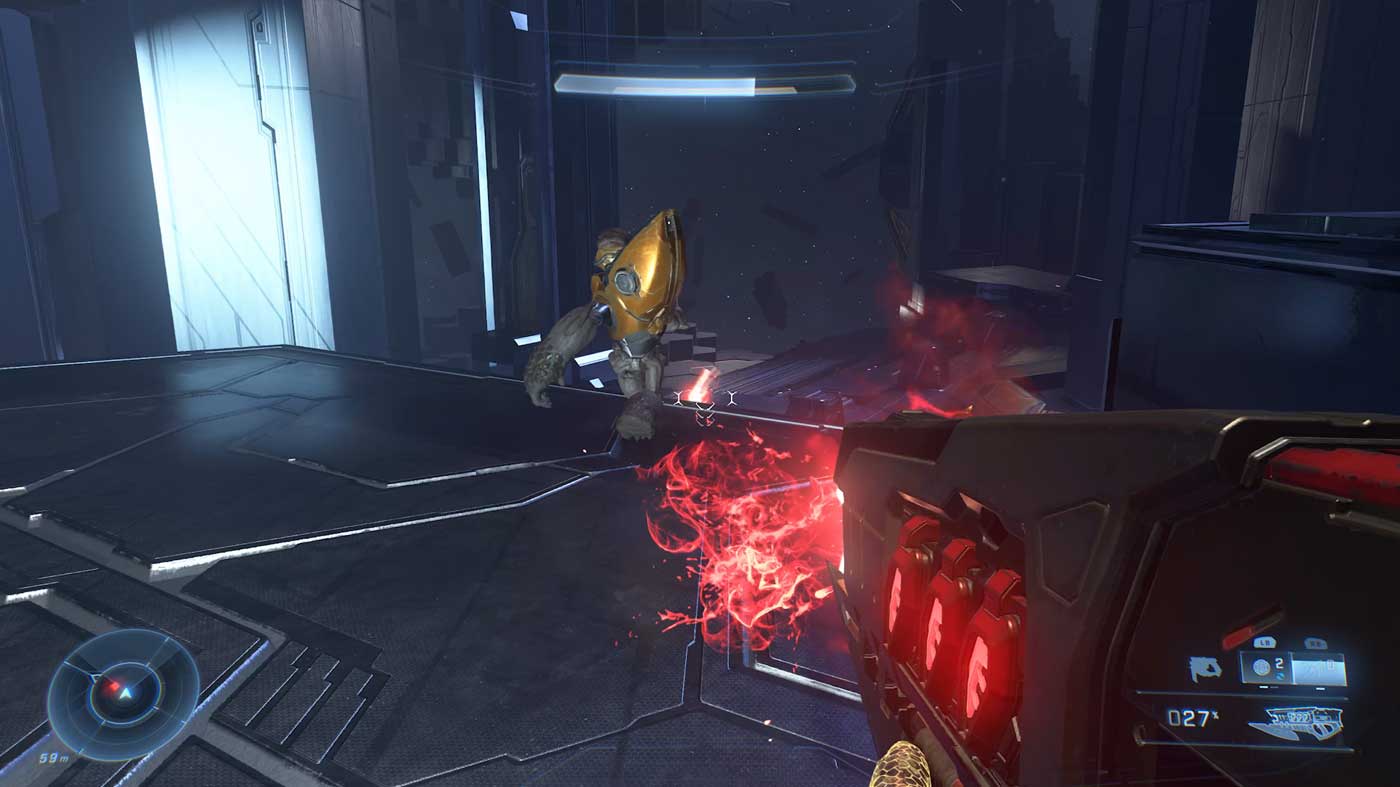
Throughout the four main missions that I can talk about, things felt really familiar gameplay-wise. There were some epic set pieces wedged between many linear areas, not unlike the ones that have made Halo popular over the years. Even in these earlier stages, things ramp up in difficulty pretty quickly, but it never felt cheap, which I liked.
It’s worth mentioning, that the game looks gorgeous. I wouldn’t say it’s the best looking game that I’ve ever played, but it runs extremely smoothly at 4K/60FPS, which to me is the most important thing for a game like this. There was never a stutter or animation weirdness, and that extra year of polish has definitely meant that the game is not launching underdone from a visual point of view.
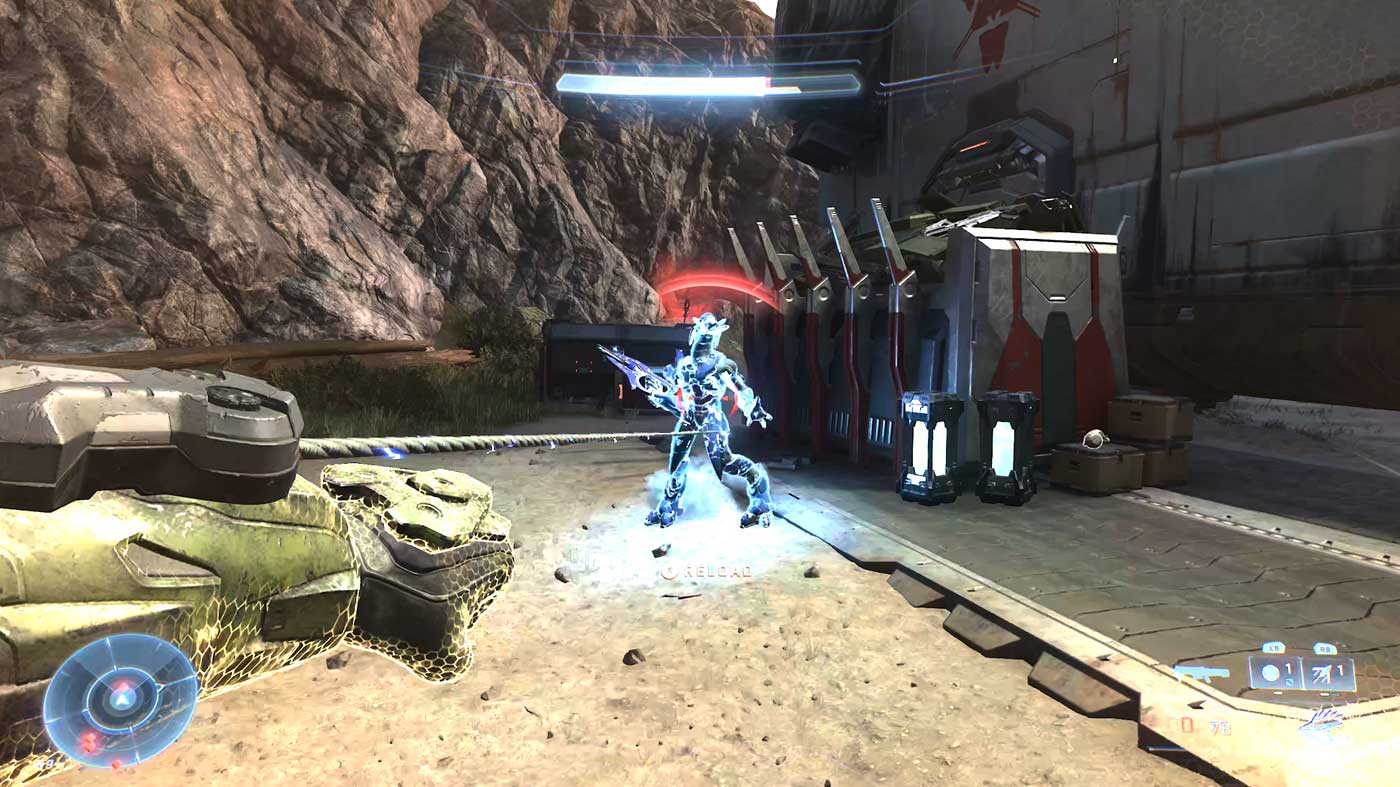
The obvious difference in the core gameplay is the addition of the grapple hook (called the Grappleshot) which, for as simple as it is, provides a huge change up in gameplay. The Chief can use the hook to get to areas in the distance, stun enemies, reel in throwables and way, way more. It’s such a simple gameplay addition, but makes the gameplay faster and allows for more variety in how you approach situations.
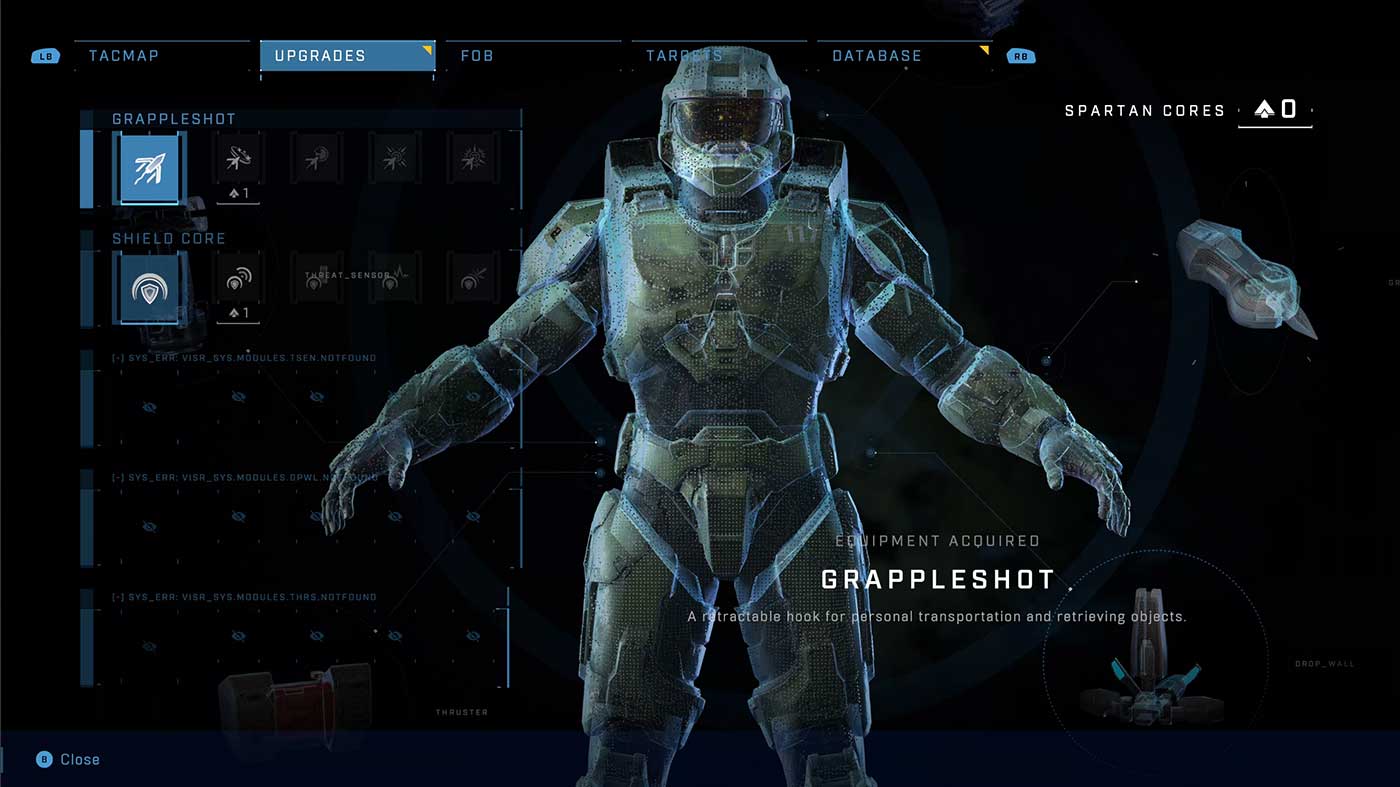
There’s other equipment that you’ll pickup along the way as well including the Shield Core which creates a barrier around you and the Threat Sensor, which I found less useful at this point of the game but is great for certain enemy types that are able to cloak themselves. All equipment can also be upgraded in a very linear skill tree by using a collectible called Spartan Cores that are freely placed around missions and throughout the open world.
The other big new addition is the open world, which at the point I’m currently allowed to speak about, I haven’t been able to explore much. As far as I can tell, between story missions, the game will open up to larger areas, rather than provide a massive open world that you can explore (at this point of the game at least). The game does a great job at intertwining the open world and story missions. Entering a story mission area kicks things off before you even get the chance to realise you’re in a mission, and that’s the biggest benefit of the open world.
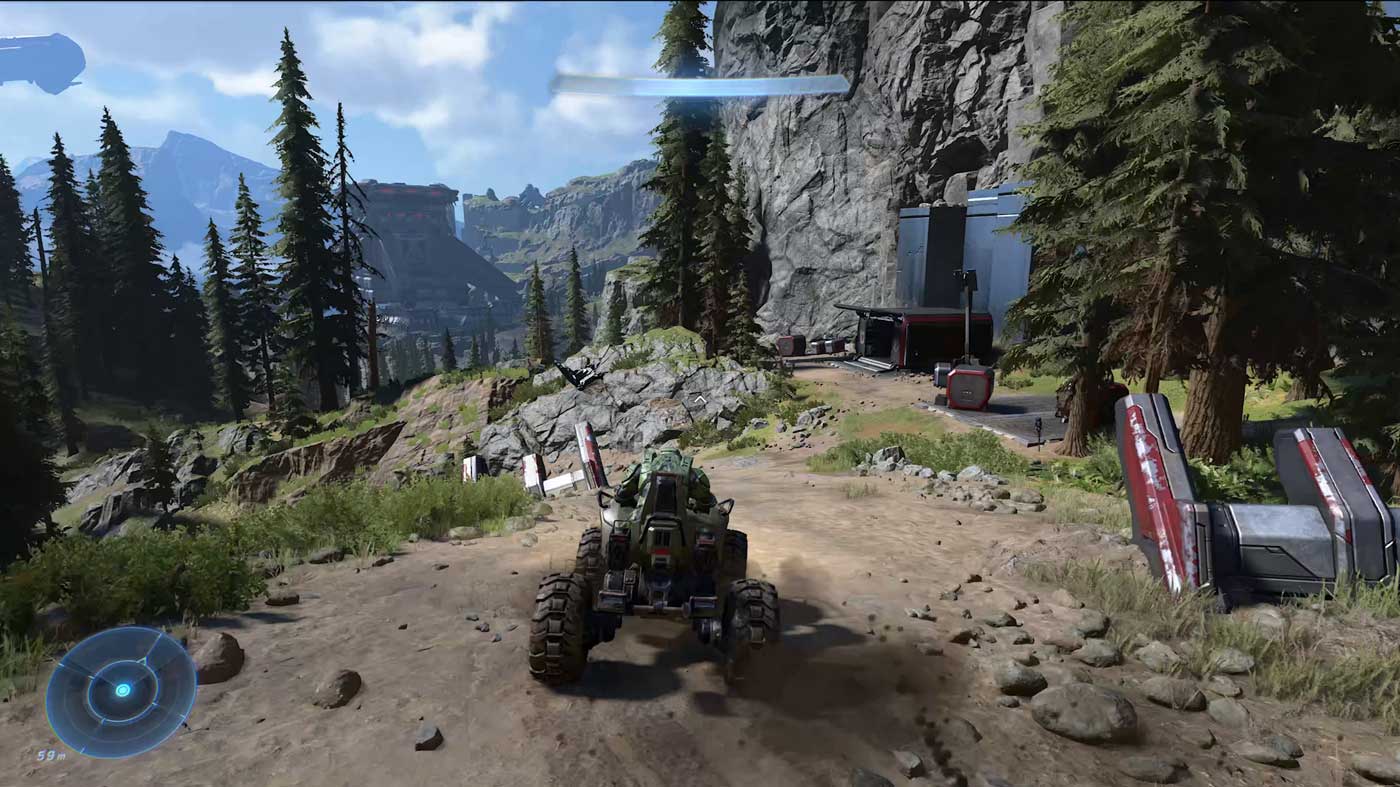
Almost anything else in the open world that isn’t a story mission doesn’t quite hit in the same way that those do, though. If you’ve played any of Ubisoft’s open world game then I feel like you’ll understand what to expect just by that sentiment alone.
Outposts simply require you to defeat the Banished whilst Forward Operating Bases are probably the most interesting open world mission type. Similar to Outposts they require you to clear the Banished out, but once you do these become your bases that you can use to summon vehicles, A.I. partners and weapons as well as act as fast travel points to get around the open world more efficiently.
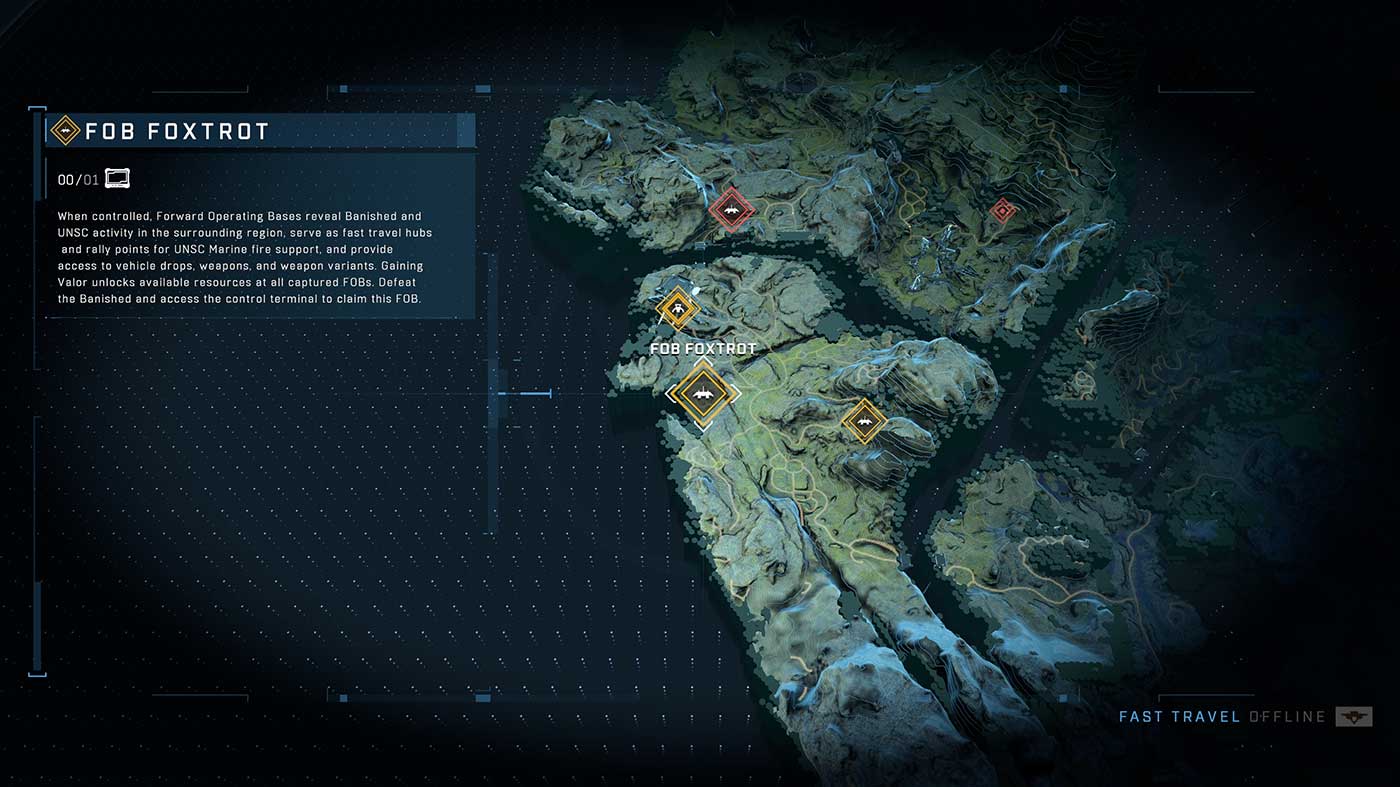
What you can spawn at these bases change based on how much Valor you have collected. This is a currency that is collected after completing story missions and other things around the open world, and isn’t a currency that can’t be spent but rather a way of unlocking the aforementioned items for use in the world.
The other side mission that I got to experience at this early point in the game is a mission type called High Value Targets. Similar to the other two, this requires you to clear out an area of Banished, but there will be one enemy in particular who is a little more unique and has a bit of a backstory. You’ll also get a special weapon variety for completing these missions, so there’s that added incentive.
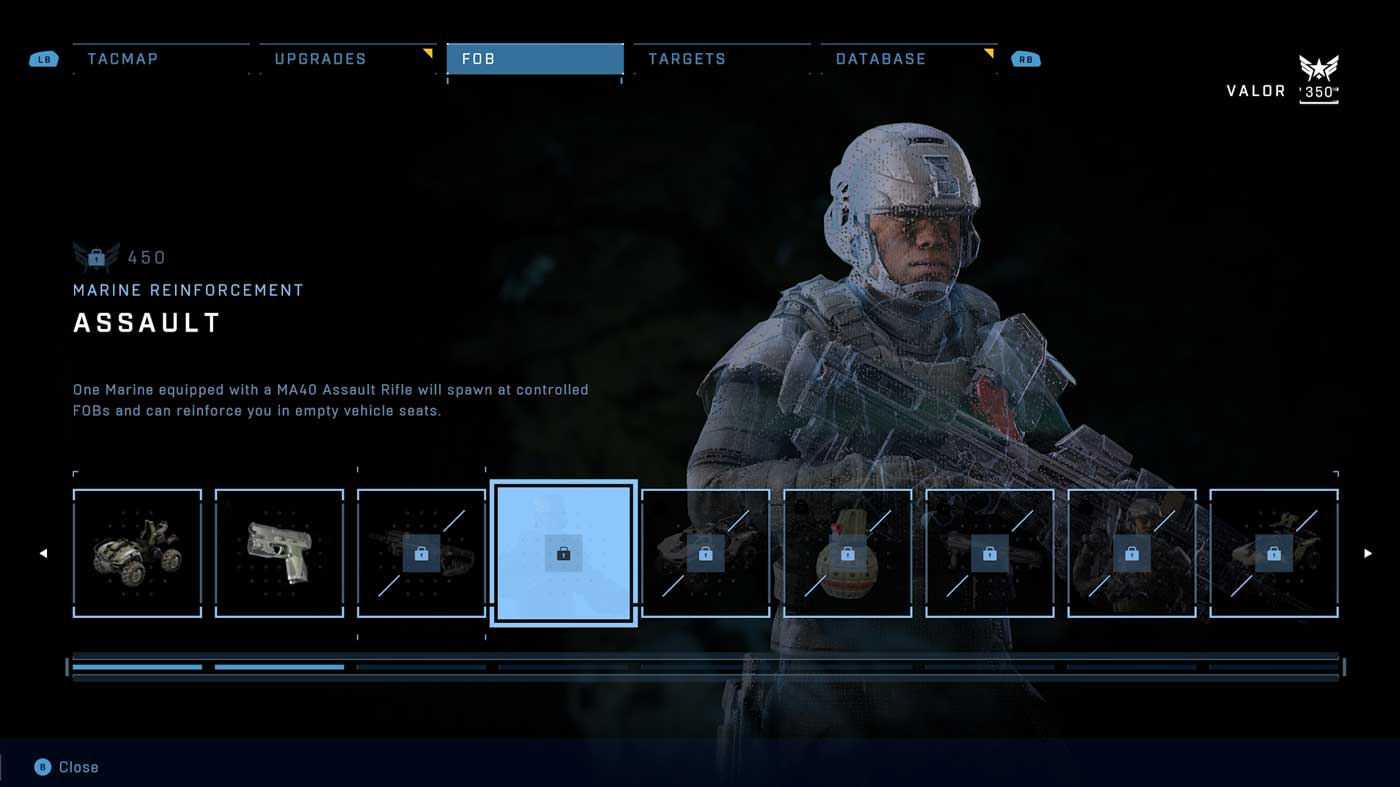
All of these side missions feel fun, but not essential, and I do question if they’ll remain fun for the entirety of the game. I could say that this would be the case for certain if co-op was going to be there at launch, but we already know this isn’t the case, so I can’t really imagine how fun it’ll be romping through these missions on your own. Some of my favourite moments in the first few hours of the game were flying over a hill on my way to the next mission, but this still didn’t hit as well as it would if I have a buddy there with me.
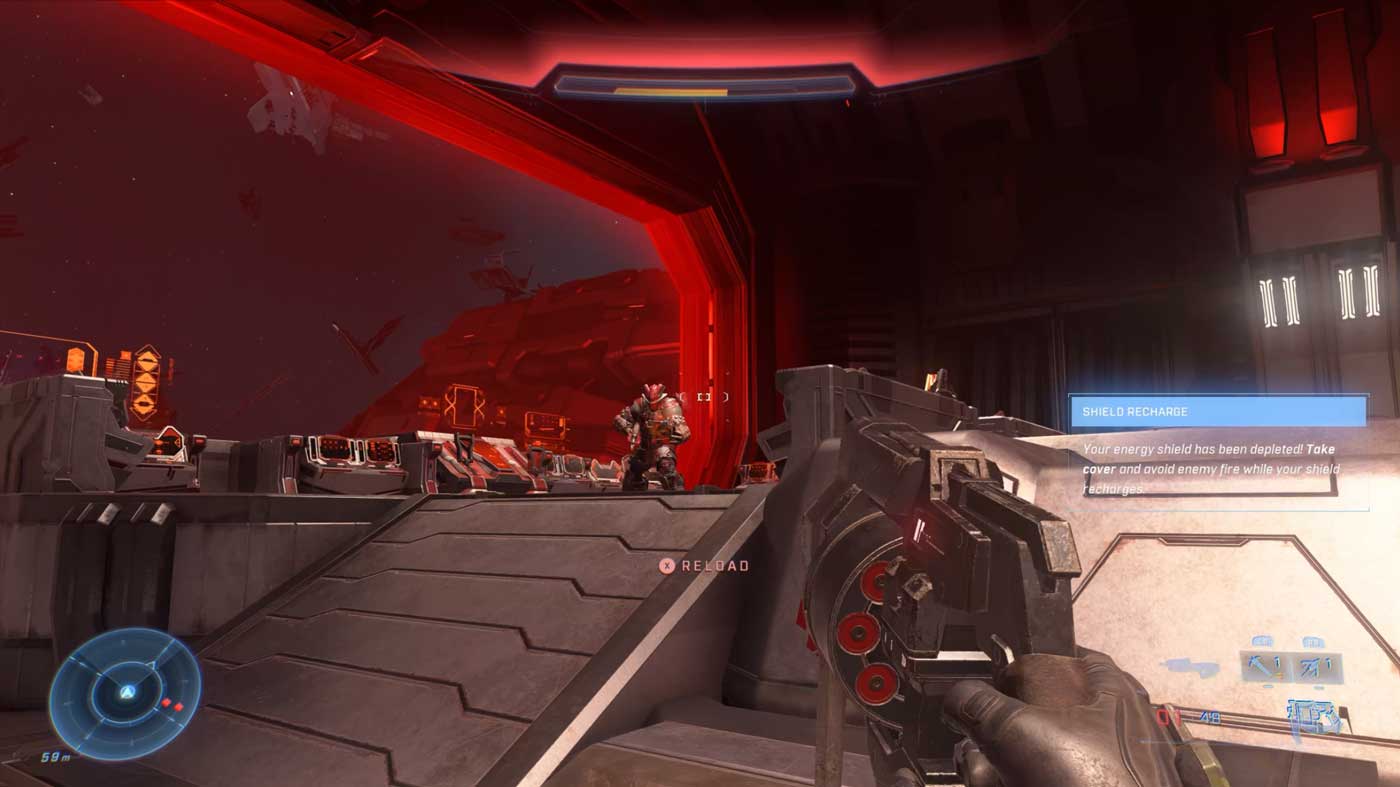
In saying that, I really don’t want to be too negative, because my experience as a whole with Halo Infinite’s campaign so far has been positive. Just like the multiplayer component, it’s very clear that the team at 343 has gone back to what made the franchise so great to begin with whilst continuing to evolve it. While you’ll need to wait for our final review closer to launch, I can say with a great amount of certainty that Halo Infinite will delight both series veterans and newcomers alike.
Halo Infinite’s campaign launches on December 8th on Xbox Game Pass for Xbox Series X|S, Xbox One and Windows 10 PCs. The multiplayer component is currently free to play right now on those same platforms.
